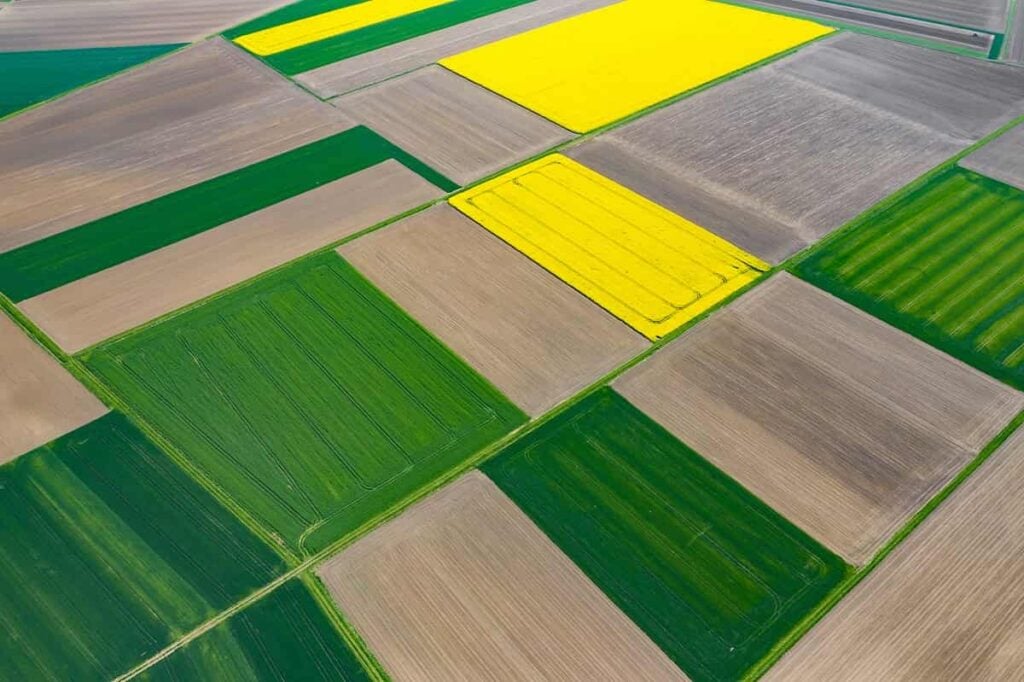6 SmallSat Companies Building and Launching Satellites
Table of contents

The year is already off to an exciting start if you’re one of those people whose pulse races a little faster when you hear the “final frontier” intro to any Star Trek episode. SpaceX just completed a successful test of its crewed launch system, “piloted” by a mannequin named Ripley, all but ensuring we’ll be sending a crew to the International Space Station this year from U.S. soil. The Chinese dropped a lander down on the dark side of the moon (cue the music) earlier this year, and rumors are they’re getting ready to assemble a space station as well. Virgin Galactic took its first passenger to space last month and is expected to start taking paying customers regularly to the edge of the cosmos soon.
SmallSats are Big Business
We talked about all of these exciting developments and more for our 2019 predictions in NewSpace article. While this is the stuff that grabs headlines, the commercial end of NewSpace, as it propels itself toward being a trillion-dollar industry, is still very much dominated by the satellite business. The satellite industry accounts for about three-quarters of the $348 billion space economy, according to Bryce Space and Technology, a research and consulting firm in the NewSpace sector:

An ever-increasing piece of that pie is in small satellites or smallsats. The definition of what qualifies as a smallsat varies. NASA defines a smallsat as any satellite with a mass less than 180 kilograms (this is science, so we use the metric system) and about the size of a large kitchen fridge. In its 2019 SmallSat Report, Bryce defines a smallsat as any spacecraft less than 600 kilograms, based on criteria developed by the Federal Aviation Administration (FAA). Meanwhile, an aerospace engineering and design firm called SpaceWorks produced a 2019 nano/microsatellite report that focused on smallsats no larger than 50 kilograms.

Bryce says smallsat launches really took off beginning in 2012, with about 1,300 smallsats launched between then and 2018. More than 70% of smallsats launched during that timeframe were CubeSats, a class of nanosatellites that use a standard size and form. One more little factoid from Bryce: The 319 smallsats launched in 2018 is roughly 6X the number of smallsats launched in 2012:

Meanwhile, according to SpaceWorks, 253 smallsats at about 50 kilograms and under actually launched into space in 2018. It predicts that the number will jump by about 17% this year, driven partly by IoT satellites, which we discuss more below.

NewSpace startups are using smallsats in a variety of applications, including basic research, geospatial analysis, and various communication services. The latter includes those companies trying to bring global internet to the masses, a topic of particular interest to our globe-trotting MBAs. In fact, we’ll be sending one into the hinterland of Alaska later this year for further investigation. Below we highlight some of the startups building and launching smallsats that we haven’t covered before and that have taken funding since the beginning of 2018. So, you won’t hear about Planet, which has deployed 60% of all remote-sensing smallsats between 2012 and 2018, but instead six NewSpace companies that have largely been operating under the radar.
Startups Building SmallSats
That definition certainly fits Terran Orbital, a NewSpace company founded in 2013 with headquarters in the greater Los Angeles area. Total funding is $43 million, with aerospace giant Lockheed Martin as a primary investor, along with another familiar name in Goldman Sachs, in a $36 million Series B last August. There’s absolutely no information on the company’s website, but a report in SpaceNews notes that Terran Orbital is expanding its workforce and buying a new 40,000-square-foot manufacturing facility that will produce as many as 150 satellites a year. It also owns another smallsat manufacturer, Tyvak Nano-Satellite Systems, which is led by the co-founder of the CubeSat, Jordi Puig-Suari. The California subsidiary, with another headquarters in Italy, recently inked a deal with IoT startup Myriota to build and launch three nanosatellites featuring Myriota’s technology.

Update 04/06/2020: Myriota has raised a $19.3 million Series B funding round to expand its IoT satellite constellation. This brings the company’s total funding to $34.3 million to date.

Update 03/30/2021: Hiber has raised $30.9 million to expand “the world’s first global IoT (Internet of Things) satellite network”. This brings the company’s total funding to $43.9 million to date.
Startups Launching SmallSats
Founded way back in 1999, Spaceflight Industries has raised about $203.5 million, including a $150 million mega-round last March. The company is sort of a cross between Uber and Expedia, providing rideshare services for smallsat spacecraft. In December, it launched 64 spacecraft into orbit aboard a SpaceX Falcon 9 rocket. In order to handle that kind of volume, Spaceflight built its own launch vehicle that deployed the satellites over the course of five hours once it had reached Low Earth Orbit (LEO), including that smallsat for Myriota.

Last month, Spaceflight completed its first rideshare to Geosynchronous Transfer Orbit (GTO), a type of orbit required to reach a geostationary orbit. The mission carried the first private moon lander. Spaceflight publishes a schedule with costs for those customers wanting to take a ride into outer space, with prices starting at $295,000 for a cubesat in LEO. The company has a separate division, BlackSky, that delivers business intelligence using geospatial analysis, a recurring theme we hit on recently with RS Metrics and commodity pricing.


The company is also offering satellite software as a service. GalacticSky is intended to “virtualize” the satellite development process, as the software puts concepts to the test without the need to build and launch a spacecraft.


Orbex has an ambitious schedule, with plans to launch as early as 2021 out of a new spaceport in Scotland, followed by a deployment of nanosatellites for an IoT network.
Update 12/11/2020: Orbex has raised $24 million in funding to further their 2022 target for first commercial launches. This brings the company’s total funding to $63.8 million to date.
Conclusion
Market research firm Northern Sky Research forecasts that smallsat manufacturing and launch services will reach $37 billion in cumulative revenues by 2027, with 6,500 smallsats set to launch during this time. That means this is probably not our last list of smallsat companies building and launching satellites – and this one is far from comprehensive. In theory, however, many of those satellites will be part of global constellations for communications, whether it’s for surfing porn checking email in Mongolia, tracking cows in the Outback, or monitoring giant chunks of ice breaking off from Antarctica. And our ability to miniaturize sensors and other technologies like radars will only make smallsat platforms more viable and valuable in the future.
Sign up to our newsletter to get more of our great research delivered straight to your inbox!
Nanalyze Weekly includes useful insights written by our team of underpaid MBAs, research on new disruptive technology stocks flying under the radar, and summaries of our recent research. Always 100% free.















What an awesome article. I had no idea that private satellite launch companies existed to this state and standard. How does one differentiate among all these companies to know which ones will be the most profitable?
Cheers for that Alex!
Profitability is less important than revenue growth for disruptive tech startups. It’s really tough to do comparative analysis without any insights into their financials.